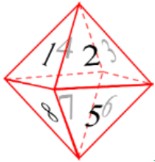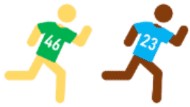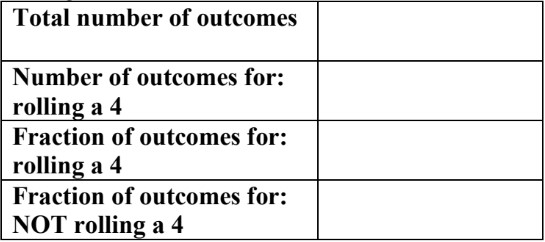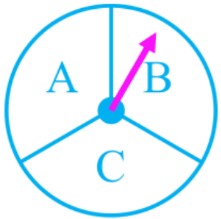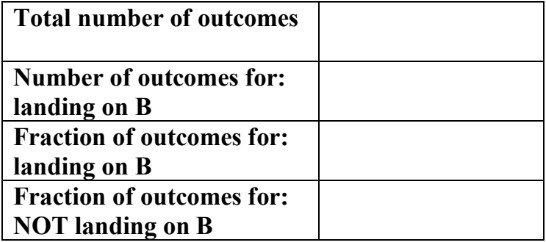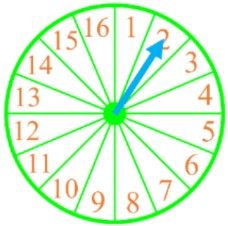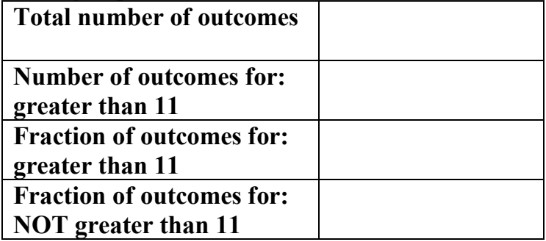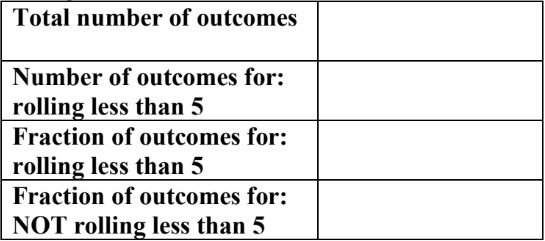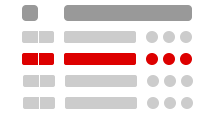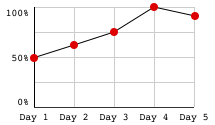In this lesson, we will learn:
- What is probability in math?
- How to write probability as a fraction
- How to list all the outcomes for probability events (using coins, dice, and spinners)
Notes:
- Probability is math for events that only sometimes happen. The chances of something happening can be likely or unlikely to happen.
- Calculating probability is like predicting the future. We are trying to get a measure of the chances that something will happen.
- Arithmetic math (all basic operations; adding, subtracting, multiplying, dividing numbers) is certain. In comparison, probability math is uncertain--but still predictable.
- Probability can be given as a fraction, following the formula format:
- Outcomes are all the possible endings that could happen for a situation.
- Some simple probability situations that are often used in math problems include: tossing a coin, rolling a six-sided die, and spinning the arrow on a spinner.
- Coins:

- If you toss a coin, it will land on a flat side—either on heads or tails
- So, there are 2 possible outcomes to a coin toss: heads or tails
- The probability of landing on heads is (heads) =
- The probability of landing on heads is (tails) =
- Dice:
 (a six-sided die, if singular)
(a six-sided die, if singular) - When rolling a die, it will land with one of its six flat faces facing up (on top). There are six sides labelled from 1 to 6.
- So, there are 6 possible outcomes to a die roll: 1, 2, 3, 4, 5, or 6
- The probability of landing on any one side (1-6) is one out of six chances
- (1) = (2) = (3) = (4) = (5) = (6) =
- Spinners:
 (can have any number of equal parts; labels with numbers, letters, etc.)
(can have any number of equal parts; labels with numbers, letters, etc.) - When using a spinner, the arrow will land on one of the marked regions. In this case, there are 4 different coloured regions.
- So, there are 4 possible outcomes for this spinner: red, yellow, green, or blue
- The probability of landing on any one of the colors is one out of four chances
- (Red) = (Yellow) = (Green) = (Blue) =


